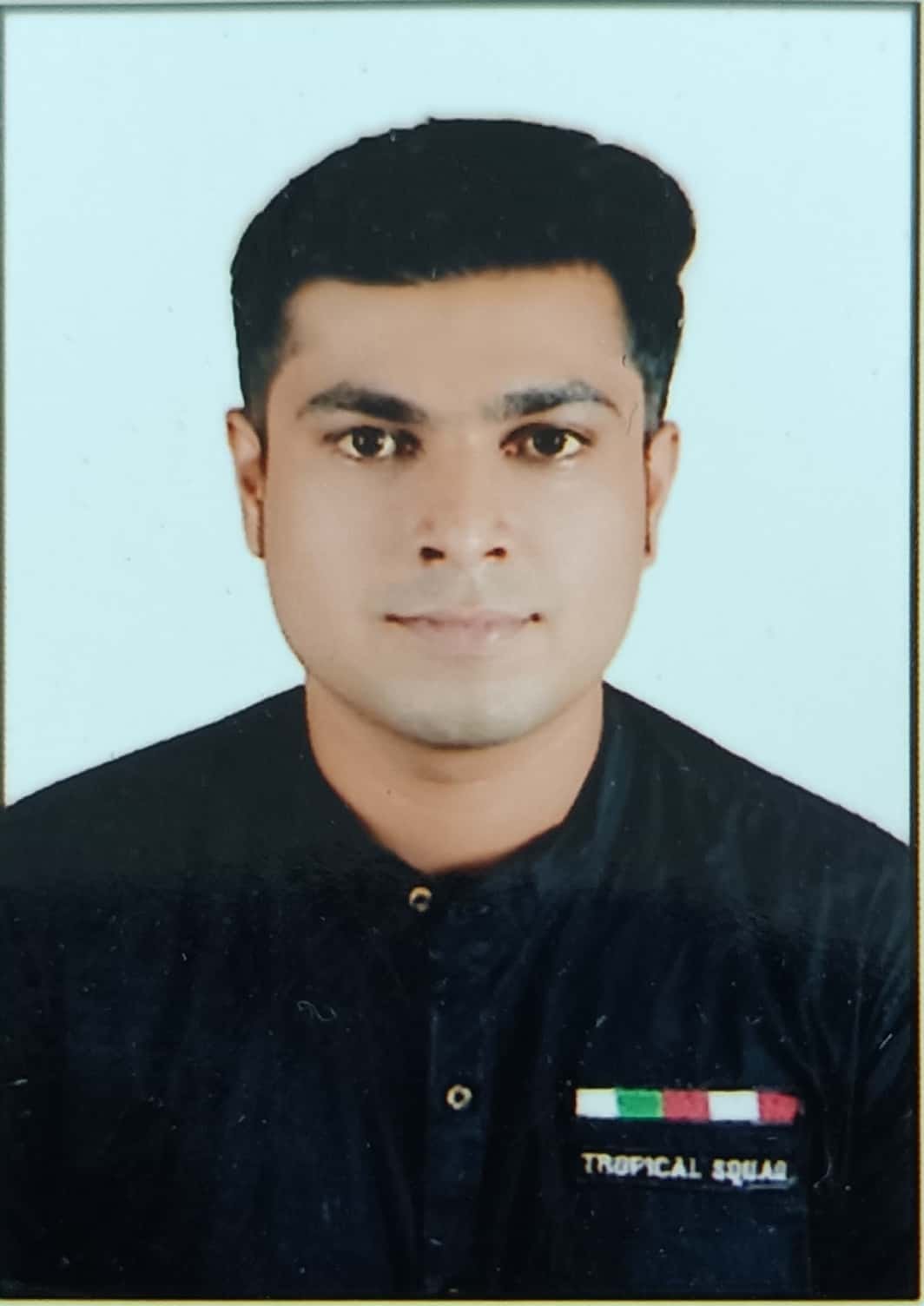Market Overview:
The Global Robotic Angiography Systems Market size is expected to grow from USD 400 Million in 2022 to USD 647.23 million by 2030, at a CAGR of 6.2% during the forecast period (2023-2030).
Angiography, also known as arteriography, is a medical imaging technique used to visualize the interior (lumen) of blood vessels and organs in the body, including arteries, veins, and heart chambers. During the procedure, a radio-opaque contrast agent is injected into the blood vessel, and scanning techniques like fluoroscopy are employed to capture images. The resulting film or image of the blood vessels is referred to as an angiograph or angiogram. Additionally, there are automated systems known as Robotic Angiography Systems utilized to perform angiography on patients.
Top Key Players in Robotic Angiography Systems Market:
GE Healthcare (US), KUKA (Germany), Siemens Healthcare Private Limited (Germany), Corindus Inc. (US), Philips Healthcare (Netherlands), Abbott (US), Shimadzu Medical Systems (Japan), and Canon Medical Systems Corporation. (Japan), Boston Scientific Corporation (US), Angiodynamics (US), Medtronic Plc. (Ireland), and Other Major Players.
Market Dynamics and Factors for Robotic Angiography Systems Market:
Drivers:
Increasing Cases of Chronic Diseases Related to Heart, Kidney, and Tumors
The increasing incidence of chronic diseases such as heart conditions, kidney disorders, and tumors has fueled the demand for advanced medical technologies. Robotic angiography systems offer precise, minimally invasive procedures, reducing risks and improving patient outcomes. These systems enable accurate diagnosis and treatment planning, attracting healthcare providers to invest in them to cater to the growing patient population. As a result, the Robotic Angiography Systems Market is experiencing substantial growth due to its ability to address the rising cases of these chronic diseases, providing safer and more effective medical interventions.
Opportunities:
Increasing Government-Supported Innovation
The various chances created due to the growing government support for promoting the development of new technologies invention of revolutionary medical equipment may also be associated with expanding the global market for robotic angiography systems. For instance, as part of the FDA's Q-Submission Program, the Center for Devices and Radiological Health (CDRH), a division of the US Food and Drug Administration (FDA) that supports innovation in medical technology, provides early regulatory help together with two choices. A proper premarket procedure, including De Novo classification, premarket approval, and premarket clearance (510(k)), among others, is followed by the FDA when reviewing medical devices that include artificial intelligence (AI) and machine learning (ML).
Segmentation Analysis of the Robotic Angiography Systems Market:
By Technology, the MR Angiography Systems segment is anticipated to highest grow during the forecast period. MR Angiography Systems assess blood arteries and help spot anomalies using a strong magnetic field, radio waves, and a computer. While no radiation is involved in this examination, contrast material injection may be necessary. Compared to contrast in computed tomography, the contrast utilized in MRA is less likely to result in an allergic reaction.
By End-User, the Endovascular Angiography segment to grow with the fastest growing CAGR during the forecast period. Robots in surgery assist in completing delicate, precise procedures that humans, with their innate physical limitations, may be limited to performing. It is being used for interventional cardiac procedures.
Regional Analysis of the Robotic Angiography Systems Market:
Robotic Angiography Systems are gaining greater popularity in North America Region due to several disorders and complications that affect blood vessels, heart, brain kidneys, etc. In Developed Countries of North America, the changing lifestyle habits and unhealthy day-to-day practices are posing a greater risk of diseases like coronary artery and valvular heart diseases, tumors, and others where surgical procedures are highly necessary. Due to this reason, the need for high-precision imaging solutions in performing such surgeries is been increasingly adopted to minimize errors and threats.
Key Industry Development:
In June 2020, Siemens Healthineers, a leading medical device company announced the angiography system Artis icono ceiling for precise tumor embolization. The all-new Artis icono ceiling system is designed to offer precise 2D and 3D imaging with seamless integration of different systems with a third-party interface by importing and modifying the parameters of third-party software. The system provides three-dimensional (3D) data acquisition at the head as well as from the patient’s side over a complete angular range of 200 degrees helping with precise image reconstruction.







